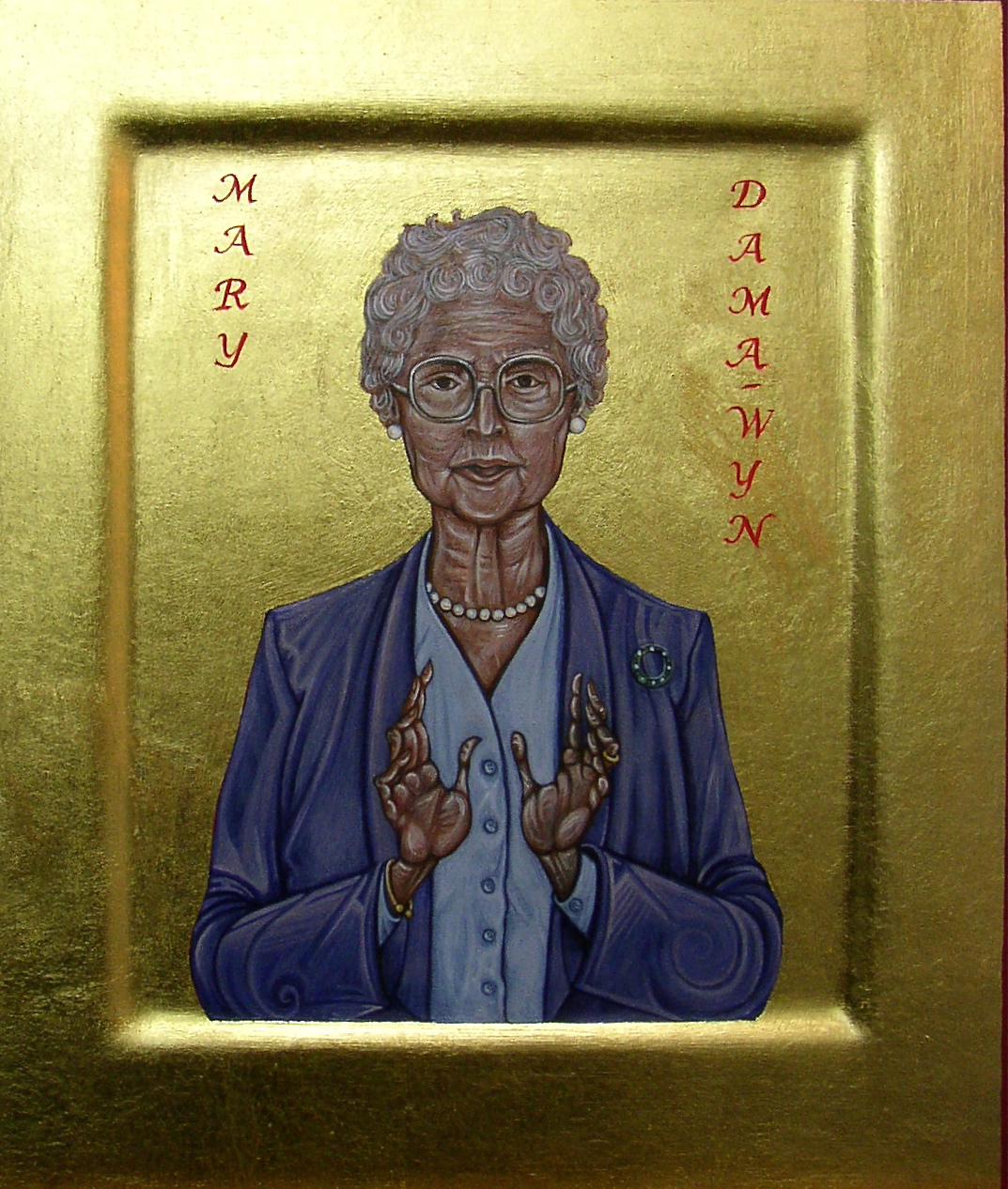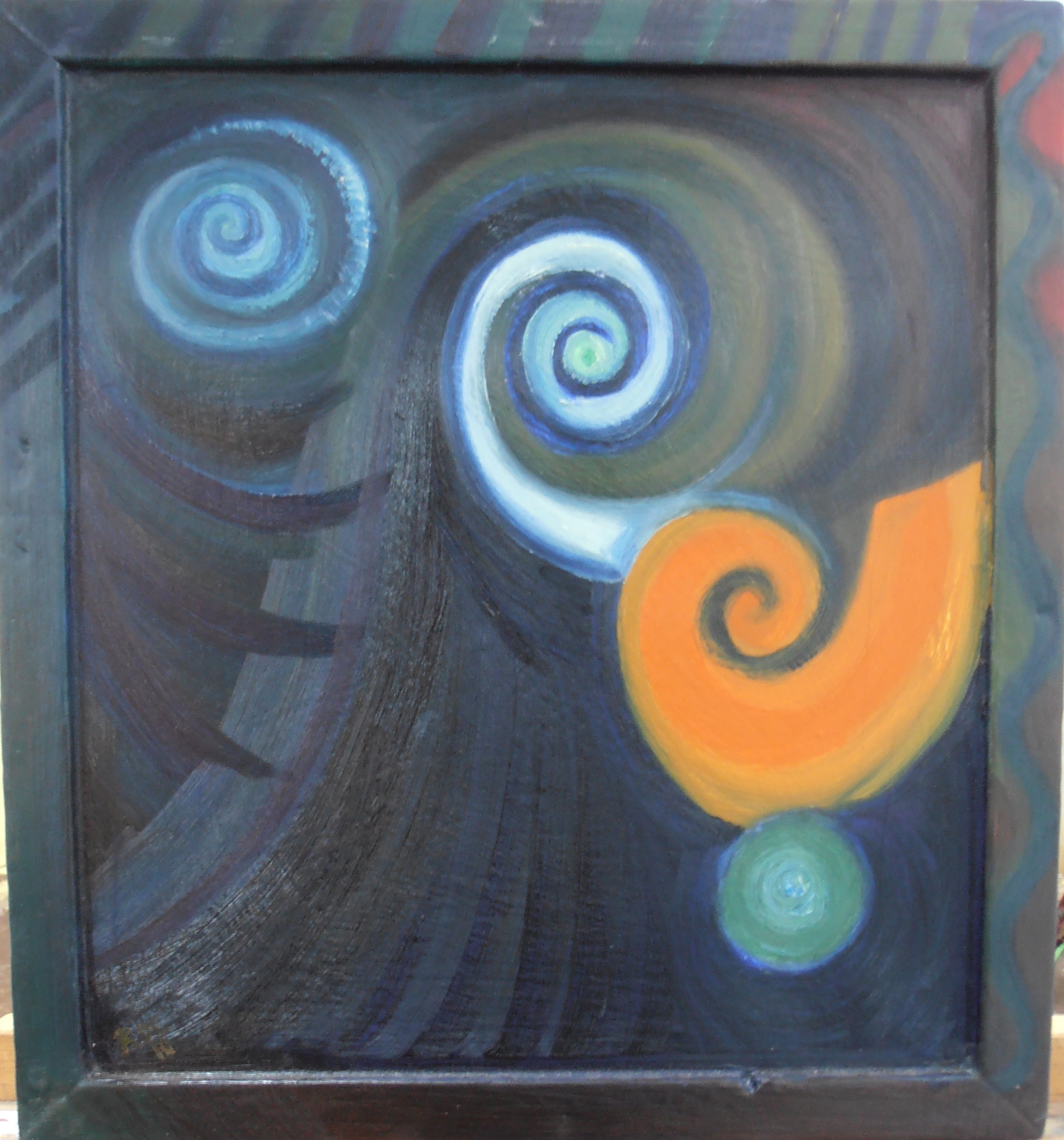This short clip was filmed by Susan Patterson. Susan approached me and asked if she could film me at work in my studio. I thought it might be interesting to film the prayer ritual which I do at the beginning and end of my day.
I start by taking off my shoes I then light candles and incense sometimes white sage. The studio smells lovely and the incense also helps to hide the smell of rabbit skin glue when it is at its most pungent. The wafting smoke is also symbolic of my prayer rising to the heavens. My prayer table faces south and the only window that gets any sunshine. I give thanks for the suns warmth especially in winter but I am very fortunate that I also have great central heating!
I continue my ritual by facing south and praying to the Divine, then to the west, the north, the east and then back facing south. Sometimes as I move around I visualize different things. While attending a shamanic ceremony in the Amazon in Peru I watched the shaman pray towards the four directions at the beginning of the ceremony. Afterwards he said it was to open up sacred space and pray for protection. When he prayed facing south he visualised a snake a symbol of the connectedness of all life. West he visualised a panther, the great protector which consumes any negativity. North the hummingbird, a gatekeeper to the heavens and a messenger between worlds. East the eagle or condor who grants great vision and wisdom. When I finish praying to the four corners of the earth I also given thanks for the earth and the heavens. I see myself as a tall strong tree with deep roots and long branches reaching for the stars.
I have to confess though that what you see in the video is a tame version of what I usually do! Perhaps when I feel more confident I will film this. Normally I have music playing, something with a little rhythm. My movement is more exaggerated sometimes more dance like and occasionally I sing. I even incorporate some yoga poses. I don't feel I can start my work in the studio until I have prayed and practiced my ritual. I believe it grants me a focus for what my time in the studio is for which is to allow the creative spirit to flow. It is a discipline that needs structures and rituals of support. At the end of my day I again go to my prayer table this time to close down my sacred space praying in reverse direction and giving thanks for a creative day while also asking that I continue the same work out in the world.



